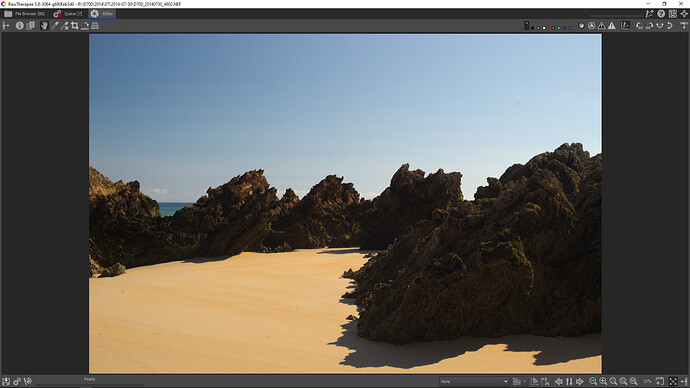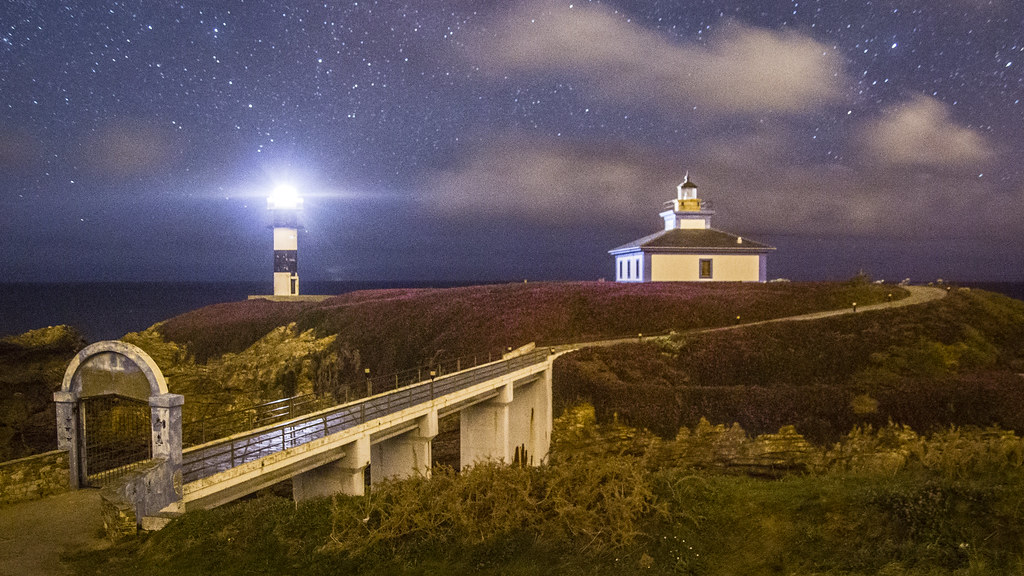California has some pretty good landscapes, but public transportation really sucks ):
Northern Chile also has the Desert Bloom, but since it is not so predictable, you can’t plan beforehand.
Japan could also be a good destination. Public transportation is really good and even if people usually don’t speak English, signs and station announcements are also in english. The only problem is that they have lots of restrictions, so it is probably best to go after the pandemic.
I would definitely not do any hardcore hiking. I would probably prefer the coast and seascapes.
However, apparently public transportation is not optimal on Corsica.
Edit: the closer I look into it, the more I think that without car Corsica is really not optimal. The only alternative seems to be long distance hiking and that’s not what I want to do with tripod etc. Landscape-wise it would be really great though.
Yes. You can get around without a car (we did), but only if you plan on whole day walking/hiking at a time. If you’re looking for something more like short walks it could be difficult, although there are taxis (at least around the bigger cities).
Well, basically I would need a driver/assistant. Even if I could drive, driving 2-6 hours/day + walking 6 hours/day would be too exhausting. The only theoretical alternatives are organized round-trips with a bus, but those usually don’t include the really important photo spots and time for shooting.
Oh, struck a nerve. A lot of the photography I planned to do in (looming) retirement depended on hiking, and I’m finding in my older age that’s not as do-able, And, I live at 6300 feet above sea level, and when I go to the mountains at 10,000 feet I feel the difference.
Generally, you need to keep altitude in mind as you consider destinations, and simply exercising more at a lower altitude to prepare doesn’t really help.
Well by hardcore hiking I mean long distance hiking, via ferrata and rock climbing. Those I don’t do. But I have no problem with up to 20 km/day and ~750m up and downhill, below 2000 m altitude. And I am definitely willing to “pay a price” for good photos. But for me, photography comes first, and then hiking.
The thing that annoys me the most with Corsica is the fact that I would need to change headquarter at least 3 times.
On the one hand, we really do have a problem with mass tourism nowadays. On the other hand, public transportation should really be better in pupular destinations such as Corsica, if it is possible on Madeira e.g.
Anna, again I recommend spanish north atlantic coast.
Climate is good (not too hot, not too cold)
Live in Spain is much cheaper than in France or Ireland.
And because of the Jakobsweg along the coast Accomodation and public transport should be good and not too expensive.
The Playa de las Catedrales seems to be interesting
Yeah I ate my way through the pandemic, live at 300 ft above sea level. Went to Joshua Tree and hiked about 5 miles in a day and thought I was going to pass out. Joshua Tree is ~5,000 ft above sea level ![]()
Living at altitude you get used to it, but you don’t keep it when you leave.
I’ve lived at 6300ft for 31 years. Went on vacation to Hawaii a while back when I was still running, went for a run with my sea-level brother-in-law at Waikiki. He was struggling to breathe, I was taking a short breathe every other stride. After two weeks, however, went back to Colorado and it took me six months to recover my previous pace…
I think you develop more red blood cells, so your blood can transport more oxygen.
After a recent trip there, I would recommend Tenerife. I mainly went for the hiking, so all of my photos were just shots along the way (that is to say, the nice ones are accidental where the light was just right, not planned), but it is an amazing variety within a very small island — the Teide area, La Orotava, lower parts with lava and cacti, and Anaga are all different landscapes.
Public transportation is decent, buses are hourly even in remote locations, and taxis are not that expensive either (distances are small). I used taxis for pickup at the end of non-circular hikes where no buses run, 10-15 euros gets you to the nearby village or bus stop. Generally accommodations are reasonably priced and food is super-cheap if you are flexible (tapas, or local eateries called tasca).
The hikes are not demanding (with a few exceptions). Publishers Rother and Cicerone have great guidebooks for them; makes sure you download the GPX tracks and offline maps as you may not get signal in all places. You will meet people on the trails, but they are not overcrowded.
Note that the local gvt got into the habit of closing off certain trails recently (because they are considered “dangerous”, but in fact the ones we saw were much safer than some others which are fully open, so this is a puzzle) and either demanding an entrance fee or preregistration. But most of these trails were not that interesting anyway so just skip them, especially for photography.
I do think about the Canary islands since some time, but there are so many of them. How did you decide which one ti visit?
To be honest, there was a cheap ticket from a discount airline to Tenerife so I didn’t think too much about it  I occasionally look at Ryanair, Wizzair, Easyjet, etc and just get a ticket if it makes sense.
I occasionally look at Ryanair, Wizzair, Easyjet, etc and just get a ticket if it makes sense.
That said, I went in the off season and heard that a lot of facilities in the smaller islands just close down during that time.
Looks very interesting. Though the coast has a lot of gems. For example this one (I can tell you the coordinates if you like)
I will study some Camino del norte guides at the library, and probably some other travel guides as well, but I will keep Corsica in mind in case I happen to find a “driver” eventually.
If you want to swim the Bermuda might be a good option for you. It’s a small place with lots of varied scenery and the snorkeling is excellent. Tourists are forbidden to drive, so the bus system is excellent. The main downside is that everything there is expensive.

